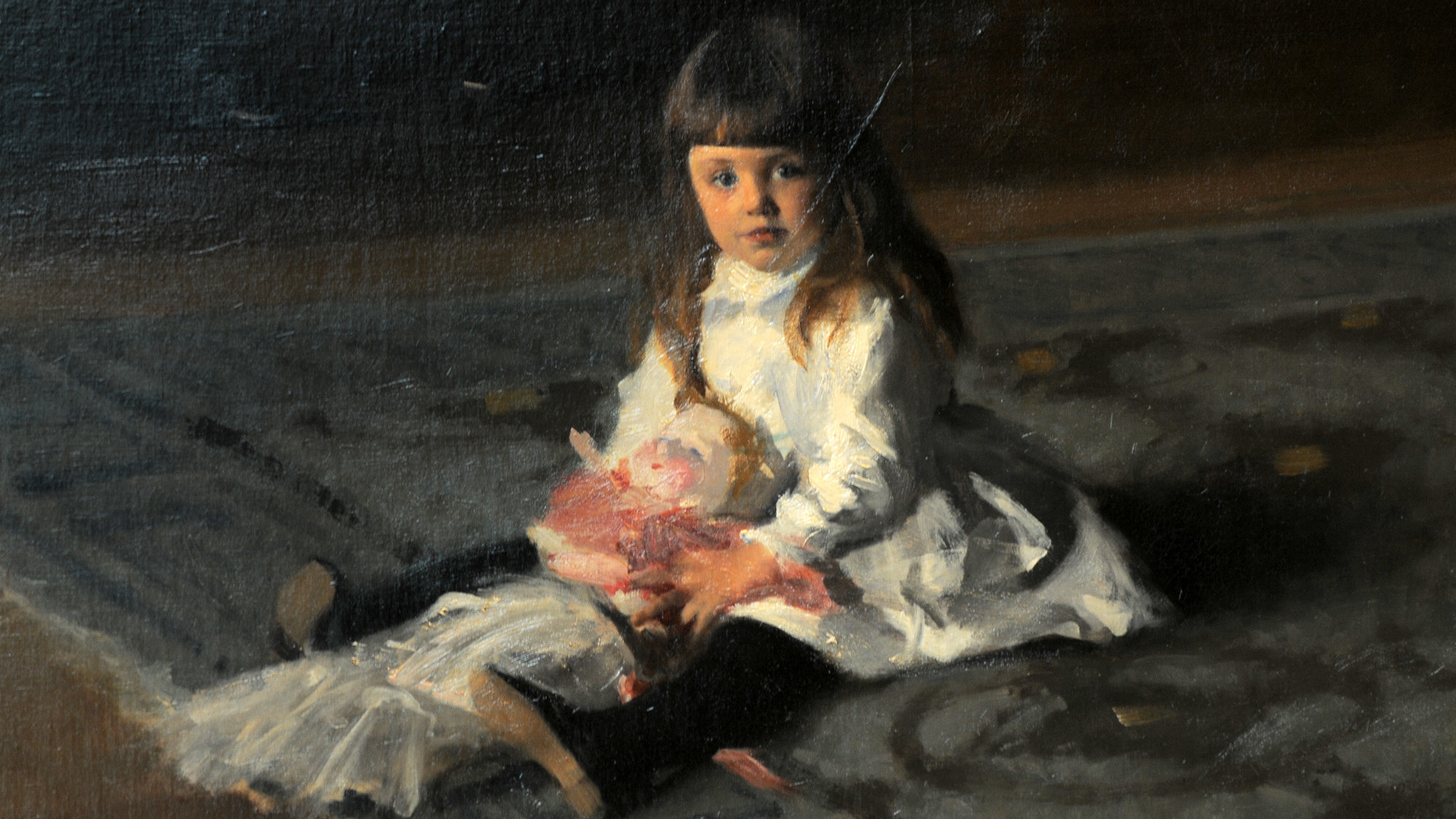The early career of American painter John Singer Sargent
"Sargent and Paris" is at the Metropolitan Museum of Art, New York City, through Aug. 3

"John Singer Sargent loved people, and it shows," said Lisa Yin Zhang in Hyperallergic. Born to American parents who'd become cosmopolitan wanderers, the painter was only 18 when he moved from Florence to Paris in 1874, and an inspiring exhibition now at the Met captures how and why the young man took the city by storm. Across the next decade, Sargent befriended socialites, celebrities, and fellow artists such as Claude Monet, Pierre-Auguste Renoir, and Auguste Rodin, and though some of his early student work is stiff, his potential was obvious, and soon burst through. Portrait of Frances Sherborne Ridley Watts, the 1877 painting with which he made his debut at the Paris salon, catches a family friend "shifting in her seat, the buttons of her dress snaking sinuously around her body." The image turned out to be a harbinger of many great Sargent portraits to come, his subjects "almost always depicted asymmetrically, and captured mid-movement, as if to underscore that they surpass the boundaries of the frame."
"The flow from his easel in the following years was masterly," said Judith H. Dobrzynski in The Wall Street Journal. Among the brilliant portraits we encounter is the Met's own Dr. Pozzi at Home, a "spectacularly sensuous" 1881 painting that depicts a handsome gynecologist known as "Dr. Love" wearing embroidered slippers and a scarlet red dressing gown. "It recalls the papal and princely portraits that Sargent would have admired in Italy, but has greater vigor and more than a scintilla of eroticism." A year later, Sargent paid tribute to Diego Velázquez's Las Meninas with The Daughters of Edward Darley Boit, scattering his four young subjects around a large room, none fully connected with another, creating "an ambiguous portrayal of family relationships."
All other galleries in this show lead to the masterpiece Madame X, a full-length 1884 portrait that "still startles," said Brian T. Allen in National Review. But don't rush to the end without taking in the many wonderful paintings in between and the way they upended the hierarchy of art genres in 1880s France. Because Sargent is so famed as a portraitist, "it must surprise visitors to see that his earliest Salon submissions were scenes of everyday life from his travels." And when he painted portraits, he chose everyday contemporary settings that make the images more immediate, blurring the lines between genres. The curators suggest that during his travels Sargent sought to capture anthropological types. But look closely. His Setting Out to Fish, from 1878, isn't a study of Breton oysterers. It's "about a sparkling sky, shadows, and light reflecting from puddles of water in the sand." Likewise, Among the Olive Trees, Capri, from the same year, isn't about the young peasant woman at its heart. It's "about a vaporous, romantic ambiance."
The Week
Escape your echo chamber. Get the facts behind the news, plus analysis from multiple perspectives.

Sign up for The Week's Free Newsletters
From our morning news briefing to a weekly Good News Newsletter, get the best of The Week delivered directly to your inbox.
From our morning news briefing to a weekly Good News Newsletter, get the best of The Week delivered directly to your inbox.
A free daily email with the biggest news stories of the day – and the best features from TheWeek.com
-
 The best food books of 2025
The best food books of 2025The Week Recommends From mouthwatering recipes to insightful essays, these colourful books will both inspire and entertain
-
 Art that made the news in 2025
Art that made the news in 2025The Explainer From a short-lived Banksy mural to an Egyptian statue dating back three millennia
-
 8 restaurants that are exactly what you need this winter
8 restaurants that are exactly what you need this winterThe Week Recommends Old standards and exciting newcomers alike
-
 Nine best TV shows of the year
Nine best TV shows of the yearThe Week Recommends From Adolescence to Amandaland
-
 Winter holidays in the snow and sun
Winter holidays in the snow and sunThe Week Recommends Escape the dark, cold days with the perfect getaway
-
 The best homes of the year
The best homes of the yearFeature Featuring a former helicopter engine repair workshop in Washington, D.C. and high-rise living in San Francisco
-
 Critics’ choice: The year’s top 10 movies
Critics’ choice: The year’s top 10 moviesFeature ‘One Battle After Another’ and ‘It Was Just an Accident’ stand out
-
 A luxury walking tour in Western Australia
A luxury walking tour in Western AustraliaThe Week Recommends Walk through an ‘ancient forest’ and listen to the ‘gentle hushing’ of the upper canopy


